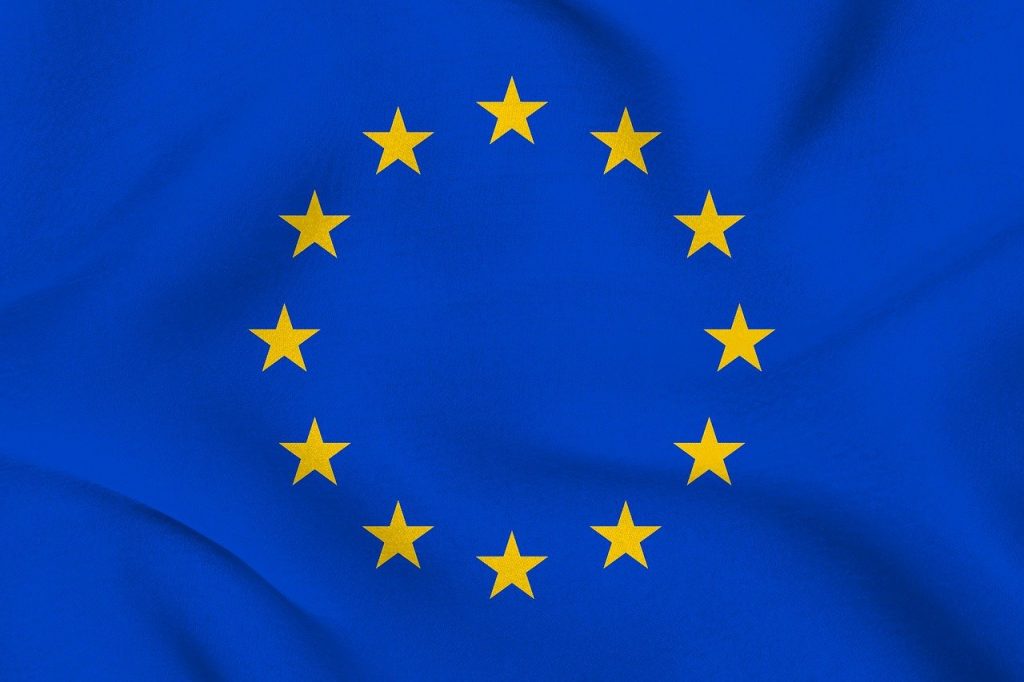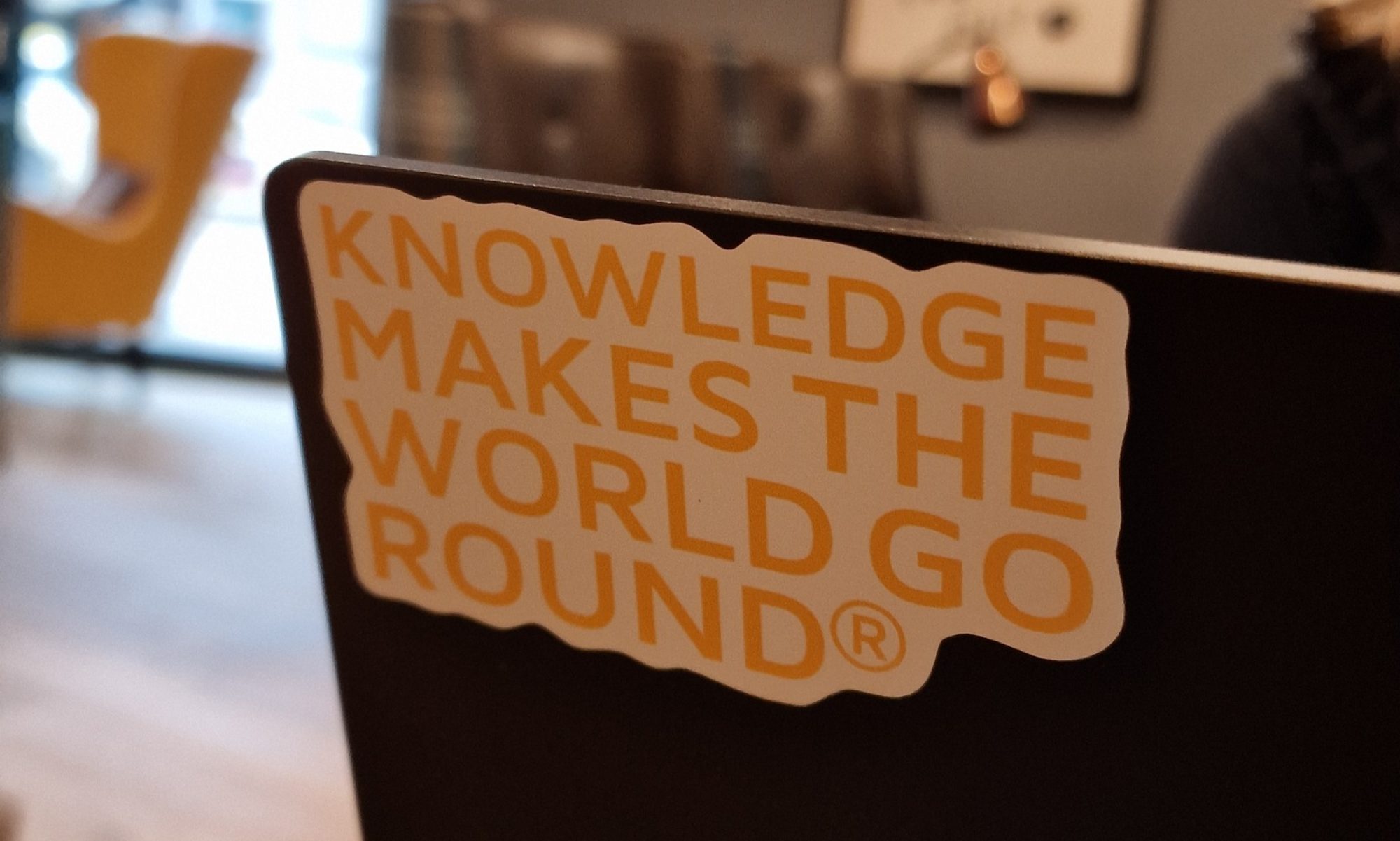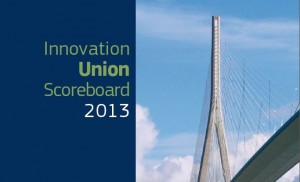
Das PM²Handbuch der Europäischen Kommission zu Projektmanagement beschreibt ein Vorgehensmodell, das besonders auf die Anforderungen von EU-Projekten abgestimmt ist. Doch was sind die charakteristischen Eigenschaften solcher EU-Projekte? Unterscheiden sich diese Kriterien grundlegend von anderen Projekten? Das Handbuch listet für solche PM² Projekte folgende Punkte auf.
Thus, a PM² project:
• is (above all) a project (i.e. not operations, not a work activity, not a programme, etc.)
• has a duration of more than 4–5 weeks and involves more than 2–3 people
• runs within an organisation and can be subject to internal or external audits
• requires a clearly defined governance structure and clearly assigned roles and responsibilities
• requires approval of its budget and scope
• includes more than just construction/delivery activities
• includes transition and business implementation activities
• requires a certain level of documentation, transparency and reporting
• requires a certain level of control and traceability
• has a broad base of internal (and external) stakeholders
• may require the collaboration of several organisations or organisational units
• contributes to raising the organisation’s project management maturity.
Quelle: European Commission Centre of Excellence in Project Management (CoEPM²) (2021:18): PM² Project Management Methodology Guide 3.0.1
Die meisten Kriterien können auch für andere Projekte (nicht EU-Projekte) verwendet werden. Insofern zeigt sich hier, dass sich der Umgang mit solchen Projekten – die PM² Project Management Methodology – nicht grundlegend von den bekannten Standards PMI, PRINCE 2 und IPMA unterscheidet.

In den von uns entwickelten Blended Learning Lehrgängen Projektmanager/in (IHK) und Projektmanager/in AGIL (IHK) gehen wir auf diese Zusammenhänge ein. Informationen zu den Lehrgängen und zu aktuellen Terminen finden Sie auf unserer Lernplattform.


